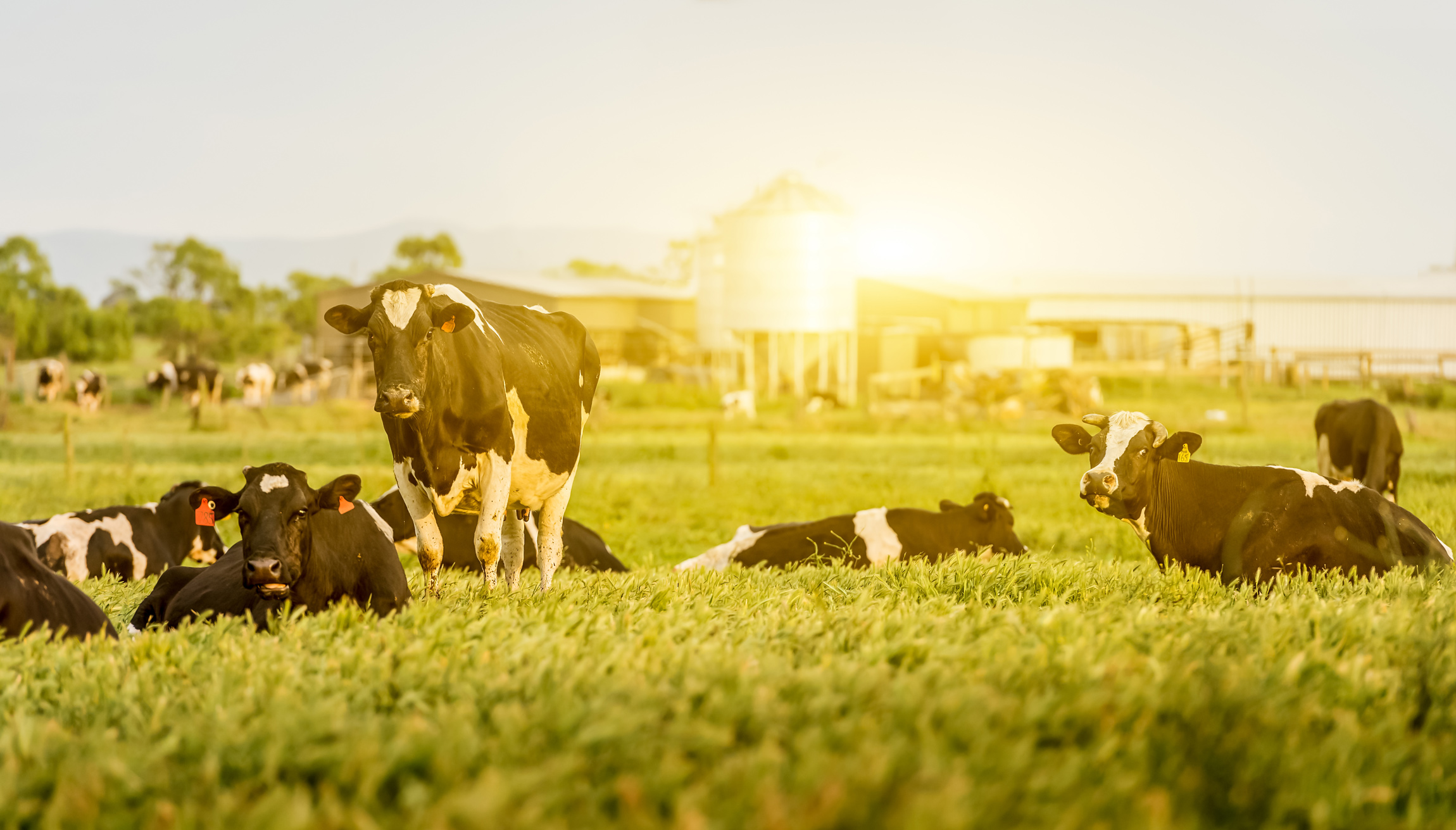
How Carbon Neutral is Different than Climate Neutral
The terms “carbon neutral” and “climate neutral” are part of the lexicon of global climate change terms. Though they are sometimes used interchangeably, they have different definitions. Understanding the nuances is important.
Carbon neutral – which refers to having a net-zero carbon footprint – is about reaching a balance between the emission of carbon into the atmosphere, and the removal of the climate pollutant through carbon sinks or other offsets. In many instances, being carbon neutral will limit contributions to climate change. Becoming carbon neutral doesn’t encompass all greenhouse gases – though it does include carbon dioxide, which makes up about 80 percent of the planet’s greenhouse gases – and some sectors don’t need to be carbon neutral to limit contributions to warming.
Methane, Cows, and Climate Change: California Dairy's Path to Climate Neutrality
Climate neutral refers to the emission and mitigation of all greenhouse gases – not just carbon. Much like carbon neutrality, climate neutrality can be achieved by emitting greenhouse gases at an equal rate to its removal from the atmosphere. A source that is climate neutral isn’t contributing to adversely to climate warming.
It might seem as if climate neutrality is a taller order than mere carbon neutrality. But according to the work of researchers at Oxford University, that might not be the case for the ruminant livestock sector. The behavior of methane (methane from cattle is derived from carbon dioxide) in the atmosphere and its potential to have a neutral and possible cooling effect, is becoming more widely understood.
There are two classifications of methane: anthropogenic, which refers to sources via human activity, and biogenic. Biogenic methane refers to methane that comes from natural sources such as wetlands, rice cultivation and ruminant livestock, as well as the waste sector. Animal agriculture is a large source of biogenic methane. Though it is a potent greenhouse gas, methane from cattle cycles through the atmosphere in 12 years. It starts when carbon dioxide is removed from the atmosphere by plants through photosynthesis. The plant becomes food for cattle and the animal later digests the plant matter, absorbing nutrients and expelling methane as a waste product. During its time in the atmosphere, methane eventually converts back into carbon dioxide thus, completing the biogenic carbon cycle and starting over again.
If methane emissions stay constant for 12 years, no additional warming is added since what is being emitted will equal what is being broken down in the atmosphere. This leads to climate neutrality. Furthermore, if methane emissions are decreased – as California’s dairy industry has succeeded in doing – there will be a cooling effect since there is less methane being emitted than is being broken down in the atmosphere.

WWF offers model for change
NGO maps out net-zero path for dairy industry
